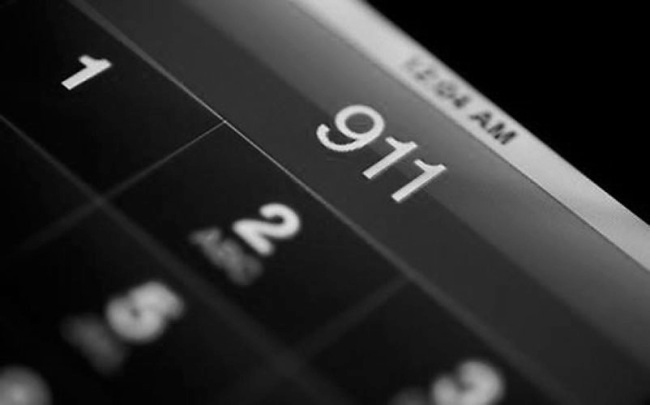
My sister often comments on how we are “cut from the same piece of wood.” When I recently mentioned this to a friend, he remarked how there is a saying in Bangla: “Amra aki matir toiri” – “we all share/are made of the same clay!”
This line made me realize again how, in essence, people are all the same. We all have the same “basic ingredients.” However, the “sameness” of our clay gets covered up because we look different, speak in different languages, wear different clothes, pray to different gods. And soon, instead of focusing on our “sameness” we start focusing on the things that make us different.*
And just a few weeks ago all this came to life in probably one of the most peaceful places on earth.
On the concrete floor, covered in plastic, were balls of clay. The potter had prepared them for the day’s production and they were waiting to be transformed into pots. These balls were all the same size, formed from the same clay. Put in orderly lines. And some distance away, on the same concrete floor, I saw more lines: finished pots that have just gone through the potter’s soft and loving hands. These pots were all still the same – in size, shape and color. They were all formed from the same clay by the same potter.

However, once these pots go into the oven, heat impacts them differently. Some get deformed. Others change color. Some even crack or break apart … Some pots, however, get tempered by the heat of the oven – they become the strongest pots they can potentially be. And as they emerge from the oven, they get categorized. The ones who could not successfully survive the effect of the heat are put in one category to be used for an “everyday” purpose, something people might consider less valuable – a trash can or a storage container.
The others who were tempered and became stronger as a result of the heat become valuable possessions – pieces people want to display and talk about. Something they value and want others to value, too. These pieces are well taken care of. They are loved.
As people, we are created equal – we share the same clay! And the potter who created us loves us equally. He sees in one person the same potential and wonder he sees in another. However, the heat of life’s oven – circumstances, people, experiences – change us as we respond to it in different ways. Some of us get deformed, change color, crack, break apart. Other, however, become the strongest people we can potentially be. And as we emerge from life’s oven, we start categorizing people. We see the “cracked” ones or those whose color changed as a result of the heat as “not good enough.” Easily replaceable. Those we cannot afford to associate ourselves with. The type of people we don’t want to spend time with because they are “different.” We put labels on them because they are “not smart enough,” “addicted,” “homeless,” “poor,” “depressed.” We make them life’s trash cans or storage containers.
In the same way, we look at the ones who have successfully withstood the oven’s heat as “cool,” “influential,” “rich” – people we should associate ourselves with and take good care of. People we want to spend time with. People we should love.
Reality is, “amra aki matir toiri.” The same potter created all of us. From little balls of clay that were the same size and color. And we need to look beyond the cracks, the changed color, the odd shape and the fact that some are almost falling apart. We should see the sameness of the clay we share and realize again that the potter loves us all equally. To the end and in spite of the oven’s heat.
* As I was contemplating these thoughts, writing this in my mind, someone else was, unknowingly, doing the same. So the end result – this blog post – is a joint effort! Proof that we do share the same clay!
** Photo credit: “Lined up” – Elanderi Steyn











